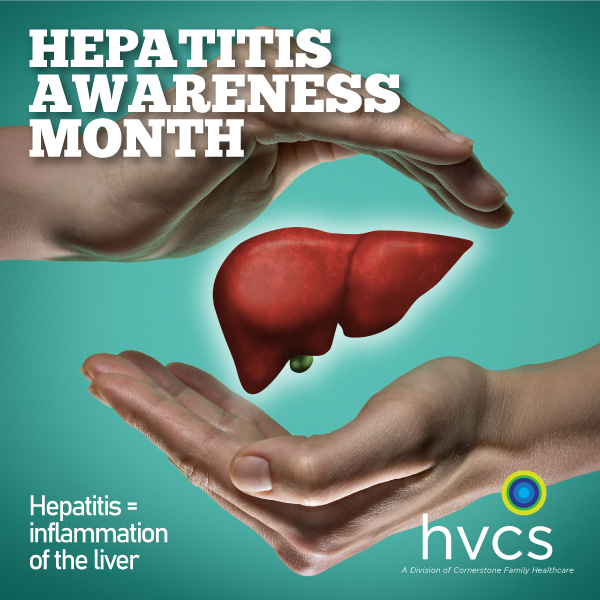
Posts Tagged ‘Hepatitis C’
May is Hepatitis Awareness Month
Tuesday, May 2nd, 2017May is Hepatitis Awareness Month
Tuesday, May 2nd, 2017
May is Hepatitis Awareness Month
Tuesday, May 2nd, 2017
Hepatitis Testing Day
Wednesday, January 4th, 2017
Hepatitis Testing Day
May 19
The Action Plan for the Prevention, Care, and Treatment of Viral Hepatitis designates May 19 as Hepatitis Testing Day.
Hepatitis Testing Day falls during May’s observance of Hepatitis Awareness Month.
Hepatitis Testing Day
Wednesday, January 4th, 2017
Hepatitis Testing Day
May 19
The Action Plan for the Prevention, Care, and Treatment of Viral Hepatitis designates May 19 as Hepatitis Testing Day.
Hepatitis Testing Day falls during May’s observance of Hepatitis Awareness Month.
Hepatitis Testing Day
Wednesday, January 4th, 2017
Hepatitis Testing Day
May 19
The Action Plan for the Prevention, Care, and Treatment of Viral Hepatitis designates May 19 as Hepatitis Testing Day.
Hepatitis Testing Day falls during May’s observance of Hepatitis Awareness Month.
Hepatitis Testing Day
Wednesday, January 4th, 2017
Hepatitis Testing Day
May 19
The Action Plan for the Prevention, Care, and Treatment of Viral Hepatitis designates May 19 as Hepatitis Testing Day.
Hepatitis Testing Day falls during May’s observance of Hepatitis Awareness Month.
Hepatitis Testing Day
Wednesday, January 4th, 2017
Hepatitis Testing Day
May 19
The Action Plan for the Prevention, Care, and Treatment of Viral Hepatitis designates May 19 as Hepatitis Testing Day.
Hepatitis Testing Day falls during May’s observance of Hepatitis Awareness Month.
Gilead Offers Two Trainings on Hep C
Wednesday, January 20th, 2016HVCS will host two trainings on the basics of Hepatitis C infection, transmission and treatment for care managers, service providers, and clients. Amber Pace from Gilead (the maker of several Hepatitis C medications) and a guest speaker will provide a clear-cut, no-medical-jargon version that can be easily understood by all skill levels. A light lunch will be provided.
One training will be held in HVCS’ Hawthorne (Westchester) office, the other in Newburgh.
Attendees MUST RSVP in advance to Anthony at (914) 785-8277 or via email.
CDC Launches New Online Self-Survey for Viral Hepatitis Risk
Thursday, November 20th, 2014Viral hepatitis is the leading cause of liver cancer and the most common reason for liver transplantation. An estimated 4.4 million Americans are living with chronic hepatitis; most do not know they are infected.
To raise awareness for the virus and to increase the number of people who know if they are infected (and, of course, get treatment), the CDC has launched a new online survey to identify potential risks for viral hepatitis infection. Take the survey online today at:
http://www.cdc.gov/hepatitis/riskassessment/?s_cid=ostltsdyk_govd_232
To learn more about hepatitis, your risk, how to stay safe, and to get treatment if you are Hep+, please contact us.


